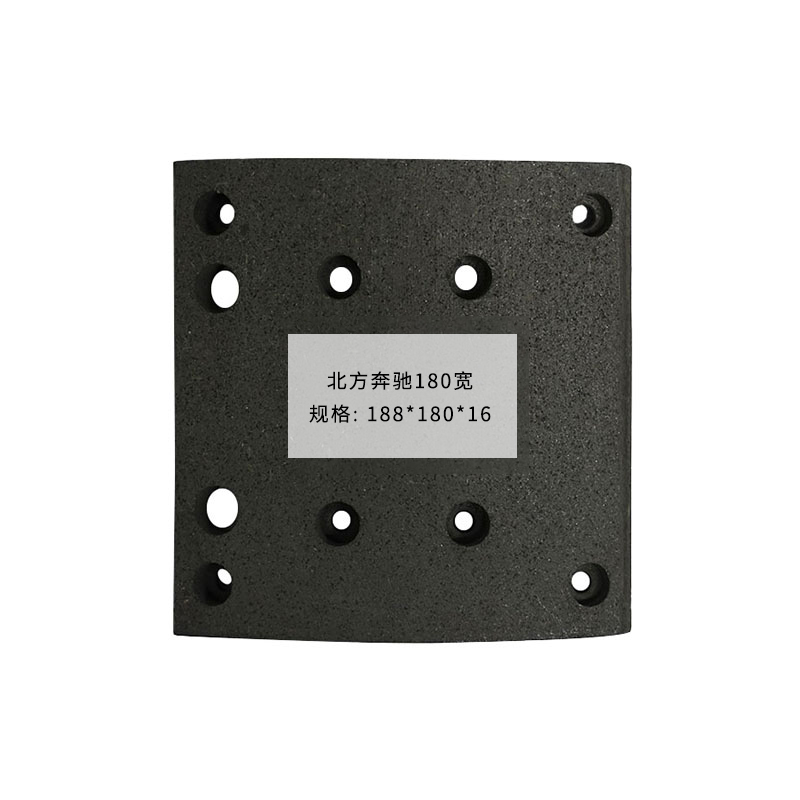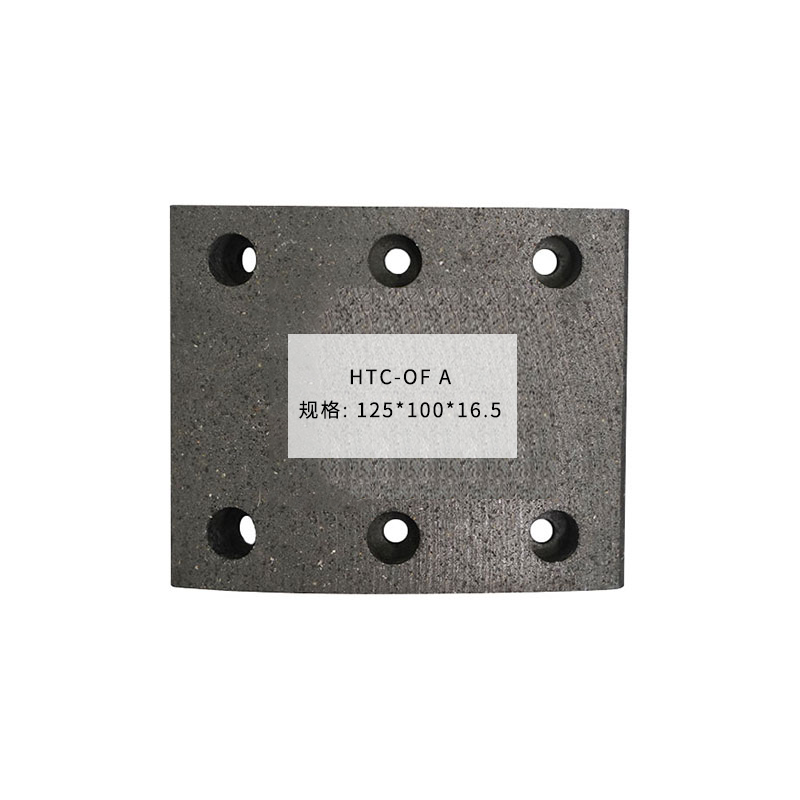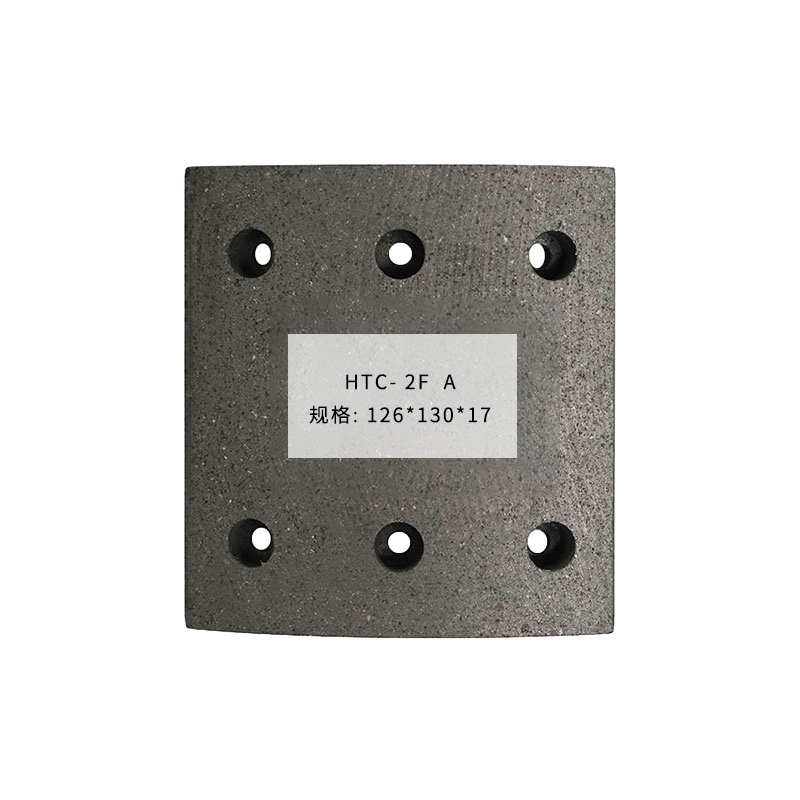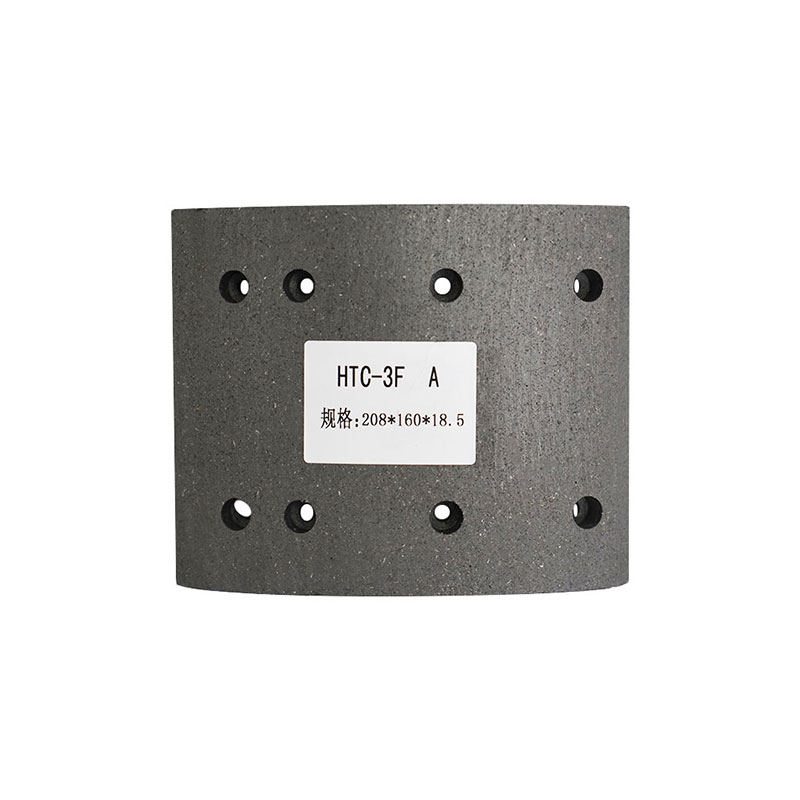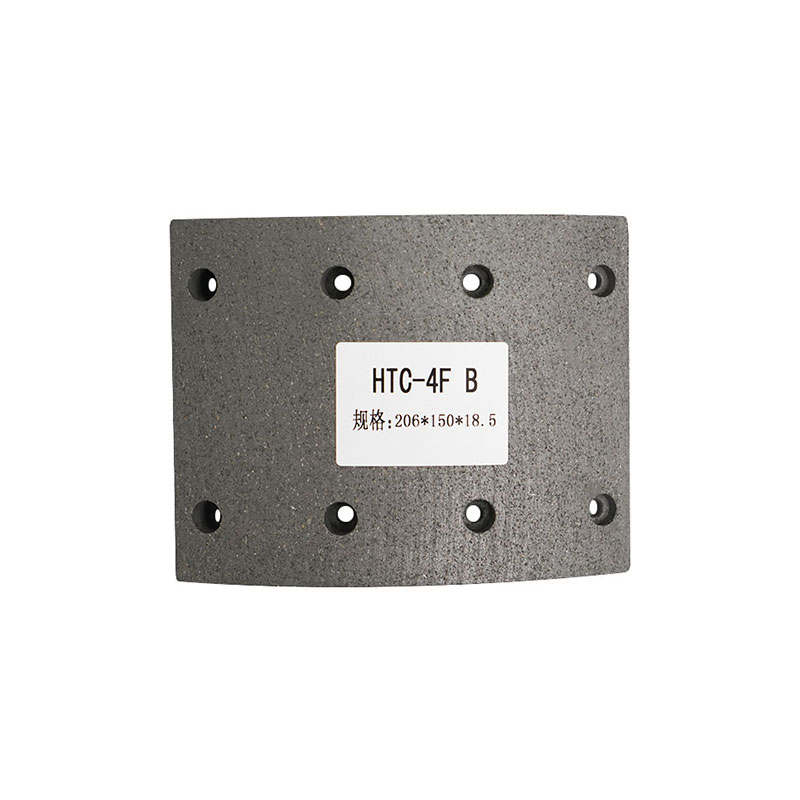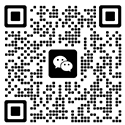In a car's braking system, brake pads and brake shoes are vital components that slow and stop the vehicle by creating friction against the brake rotors or drums. The brake linings are the critical friction material on these braking components. Over time and with use, brake linings will gradually wear down, and they need to be replaced when they reach their wear limit. Knowing the signs of worn-out brake linings is essential for ensuring driving safety.
1. Abnormal Noise: The Most Obvious Warning
When brake linings are excessively worn, abnormal noise is the first and most common sign.
-
Sharp Metallic Grinding Noise: Many modern brake pads have a built-in wear indicator—a small metal tab. When the brake lining wears down to a certain extent, this metal tab starts to contact the brake rotor, producing a loud, high-pitched screeching sound. This noise typically occurs when you press the brake pedal and sounds like metal scraping against glass.
-
Low-Pitched Grinding Sound: If you hear a low, coarse grinding sound, it usually means the brake lining has completely worn away, and the metal backing plate is directly rubbing against the brake rotor or drum. This is an extremely dangerous situation that not only significantly reduces braking performance but also causes severe damage to the brake rotors or drums.
2. Decreased Braking Performance
A drop in braking performance is also a direct indicator of worn brake linings.
-
Increased Braking Distance: As the friction of the brake linings diminishes, you need a longer distance to stop the car. This change can be subtle, but if you find yourself needing to brake earlier than usual, or if the brakes feel less "powerful," it could be a sign of wear.
-
Increased Brake Pedal Travel: If your brake pedal feels softer than usual and requires you to press it further down to achieve the same braking force, it may indicate that the brake linings are very thin.
3. Visual Inspection
Periodically visually inspecting the brake system is an effective way to check the condition of your brake linings.
-
Lining Thickness: Most new brake linings have a thickness of about 10-12 millimeters. If a visual check shows your brake linings are less than 3 millimeters thick, they are nearing the replacement limit. Some manufacturers recommend replacement when the lining thickness reaches 4 millimeters to ensure safety.
-
Lining Surface Condition: A healthy brake lining surface should be even and smooth. If the lining shows cracks, chips, or appears greasy, it could indicate a problem. For example, a greasy surface could be caused by a brake fluid leak.

4. Vehicle Pulling to One Side
If your vehicle noticeably pulls to one side while braking, it may mean that the brake linings on the left and right sides are wearing unevenly, or that a brake caliper is not functioning correctly. This imbalanced braking force can cause the vehicle to deviate from a straight path.
5. Dashboard Warning Light
Some modern vehicles are equipped with an electronic wear indicator. When the brake lining wears down to a preset limit, a sensor will trigger the brake warning light on the dashboard (usually a symbol of an exclamation point inside a circle). If this light turns on, you should have your brake system checked immediately.
Summary
The brake system is your vehicle's first line of defense for safety, and the brake linings are the core friction material whose condition directly impacts braking performance. Whether you hear a sharp metallic grinding noise, feel a decrease in braking performance, or find the linings are too thin through a visual inspection, these are all warning signs you need to pay attention to. Regular checks and timely replacement are key to ensuring driving safety. If you are unsure about the condition of your brakes, it is always best to seek help from a professional technician.

 English
English 中文简体
中文简体

